Children’s Insoles
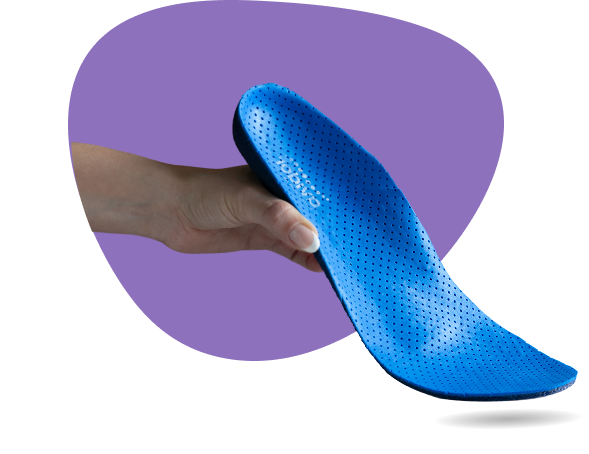
The Value of Children's Insoles
Using insoles proves to be of great value for children’s health. Insoles are designed to relieve pain in the back and knees, and to help maintain proper body posture. The foot receives a great amount of pressure, especially for children who are still developing. Children are at a critical stage of growth that will determine their adult life. Improper foot structure during childhood – arches that are too flat or collapsed, turned-in toes, and irregular walking patterns – can impair a child’s physical abilities and affect their development later in life. With proper and professional fitting, the child will feel more comfortable, walk with more ease, and enjoy better quality of life moving forward. Children’s insoles are designed specifically to meet these needs, and may be used as a preventive treatment to avoid future issues.
When it comes to children’s insoles, it is important to build them with personal customization, tailored to your child’s unique foot structure. Specially fitted insoles can correct posture issues, walking concerns, flat feet, and much more, thus preventing damage to the joints and spine in the future. Properly fitted insoles for children allow for early correction of foot problems, before they worsen or require surgical solutions. They also support alignment of the foot and correct walking patterns through pressure distribution, which positively affects the entire skeletal system.
Insoles for children are suitable not only for those suffering from pain or posture issues, but also for healthy children who participate in high-impact sports activities. Through accurate fitting and professional consultation, insoles can assist in improving movement efficiency and prevent future injuries. Children spend many hours walking or running at school, during extracurricular activities, or on weekends. If the foot is not optimally supported, pressure is created on certain parts of the body, which can lead to discomfort, wear, and long-term problems.
That’s why children’s insoles must be crafted with the highest quality materials and under the supervision of orthopedic experts and gait professionals. At our clinic, we work only with experienced professionals in the field who specialize in pediatric orthotics.
In conclusion, children’s insoles are a long-term investment in your child’s health. When properly fitted and professionally built, they can significantly contribute to preventing problems and improving quality of life. Just like you wouldn’t ignore a vision problem – don’t ignore foot issues.
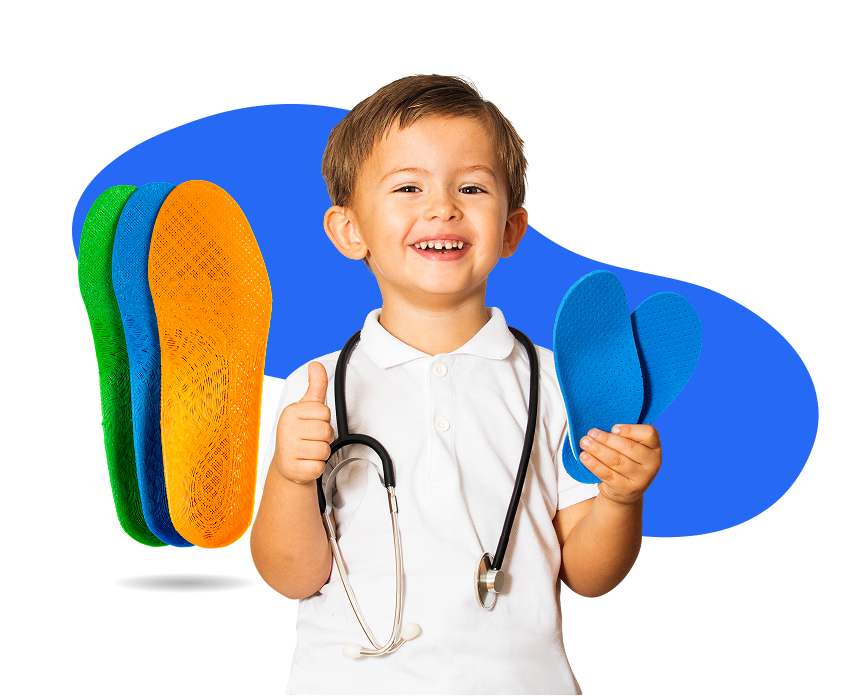
Why Is This Bump a Sign We Should Consult an Orthotist?
Insoles can help change the shape of the foot and the arch. They are designed to correct the collapse that occurs during walking and to support proper posture. Many toddlers and children suffer from flatfoot, a condition in which the arch collapses more severely (typically noticeable between the ages of 5 and 10, and sometimes as early as 6 months old). In such cases, there is often no need for immediate concern, and most of the time the situation improves as part of normal development. However, when insoles are not used in time, or when the body does not follow the ideal developmental process, the structure of the foot changes permanently and can lead to long-term issues.
This is especially common in children with flexible flatfoot due to obesity, genetics, weak muscles, loose ligaments, or developmental delays. When the foot is not properly supported, it directly affects the knees. We always recommend seeing a specialist, who will know exactly how to examine the child’s feet. We’re here to help clarify what to look for and what to avoid when it comes to insoles for children – and we’re happy to assist you with every detail.
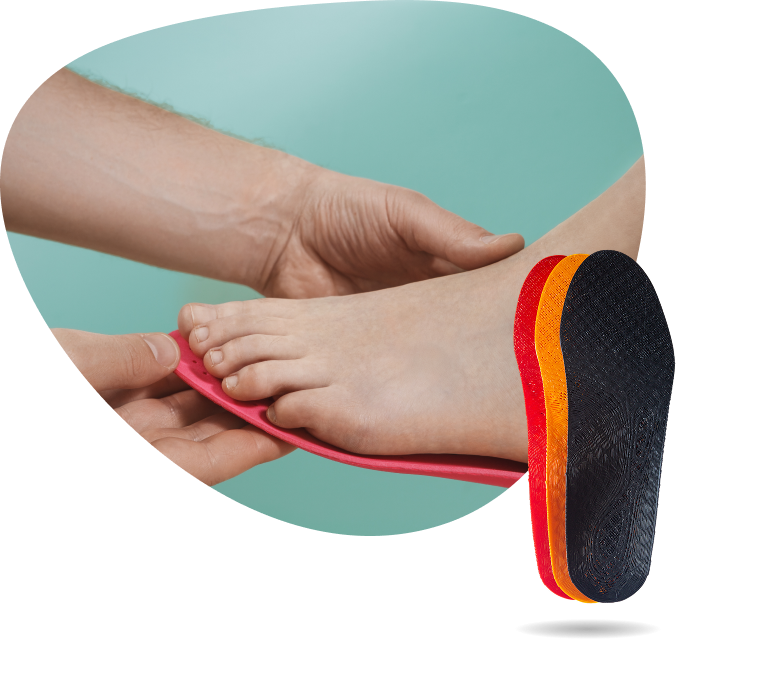
In Which Cases Is It Recommended for Children to Use Insoles?
In cases where foot development is impaired and the arch does not form properly, flatfoot may cause problems in the knees, back, and posture in general (as a result of incorrect weight distribution during movement, causing pressure on joints that aren’t intended to bear it).
Additionally, many children exhibit abnormal gait patterns, such as inward or outward knee movement, knock-knees, bowlegs, muscle tightness, and more. Sometimes we identify children whose bodies compensate by shifting weight onto their knees due to the pelvis tilting forward, causing spinal stress that results in complaints of pain or difficulty walking for extended periods. Some children also suffer from general fatigue and poor coordination.
When posture isn’t corrected in time – whether due to knee misalignment or other biomechanical issues – it can lead to spinal misalignment and affect the entire musculoskeletal system. Even if there is no visible foot deformity, the root of the issue may lie in pelvic tilt or subtle muscular imbalance. That’s why we recommend consulting with a professional who can conduct a comprehensive examination.
Insoles may help support the child’s gait and overall health – and prevent future orthopedic issues. We’re here for your child – to give them a healthier, more balanced start.
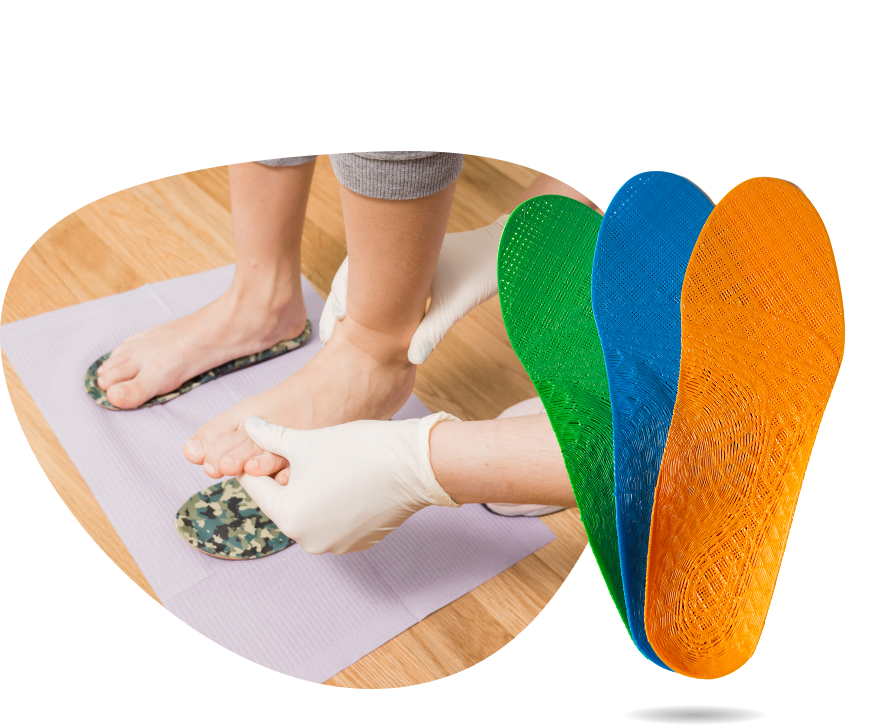
Who Needs Custom Insoles?
If you identify with one or more of the following groups — there’s a good chance that custom insoles can improve your quality of life:
Quick, effective treatment by a certified physiotherapist
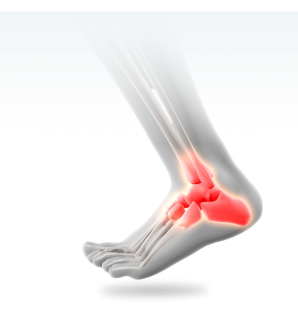
People with different foot anatomies
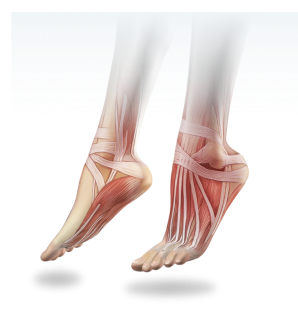
People with minor foot structure variations
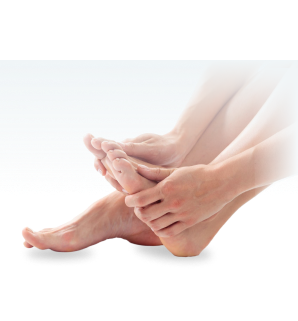
People who feel fatigue and/or discomfort in the soles of their feet
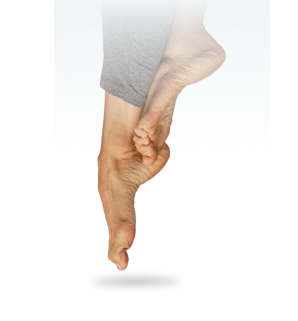
Important to Note!
Even people who don’t currently suffer from pain or discomfort may still benefit from custom insoles — especially if they spend most of their day walking or standing.
Even without pain, your feet may benefit from better support and alignment.
Custom insoles can improve posture and reduce fatigue — even without noticeable pain.
Insoles help with balance and shock absorption, preventing strain and future injury.
Good insoles support your joints, spine, and posture — even if you feel fine today.
How Are Custom Insoles Made?

Walking and running on a unique treadmill equipped with sensors that measure pressure distribution across all foot zones — both in motion and while standing.
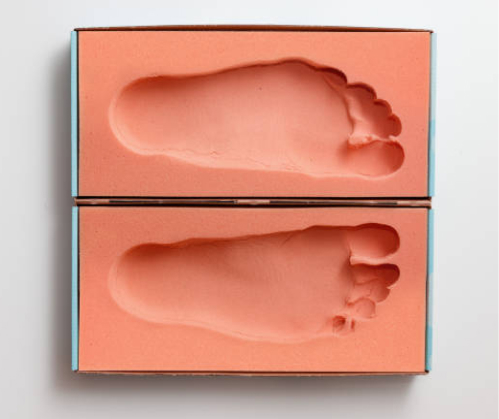
An impression of the foot is taken using a special polymer base.
The insole is then manufactured precisely according to the imprint and refined by the lab for maximum accuracy and effectiveness.
Why Is Customization So Important When It Comes to Insoles?
The process of designing truly custom insoles is complex and requires professional expertise. After collecting detailed data — focusing on gait, pressure distribution, foot shape, and more — a podiatrist or orthopedic expert builds an accurate plan for your insole. This plan considers far more than just the foot’s appearance; it factors in your walking pattern, lifestyle, type of footwear, and the specific issues you’re experiencing.
The insoles are then manufactured in a precise, personalized process. Later, the patient returns for a follow-up to ensure the insoles are effective and beneficial. This extra check helps verify that the comfort, support, and pressure distribution are working as intended.
At our insole lab, we use advanced polymer molds to capture the exact contours and shape of your feet — including arch height, pronation, foot length, and forefoot width. With this data, we craft insoles tailored precisely to your needs. The result? Personal insoles that relieve pain and discomfort caused by a wide range of issues — orthopedic, structural, or neurological.
In Summary
Custom insoles are a proven therapeutic tool that can significantly improve your quality of life. Whether you’re dealing with chronic pain, performance issues, or simply want to move more comfortably, investing in truly personalized insoles is a smart long-term decision. If you’re considering buying insoles, we strongly recommend consulting with a specialist who can help determine the exact solution that fits your body and lifestyle.
Testimonials
Professional and caring service. Custom insoles tailored with exceptional precision – they significantly improved my posture and comfort. Highly recommended!
Excellent service and attention to detail. The custom insoles were perfectly suited to my needs – my posture improved dramatically. Highly recommended!